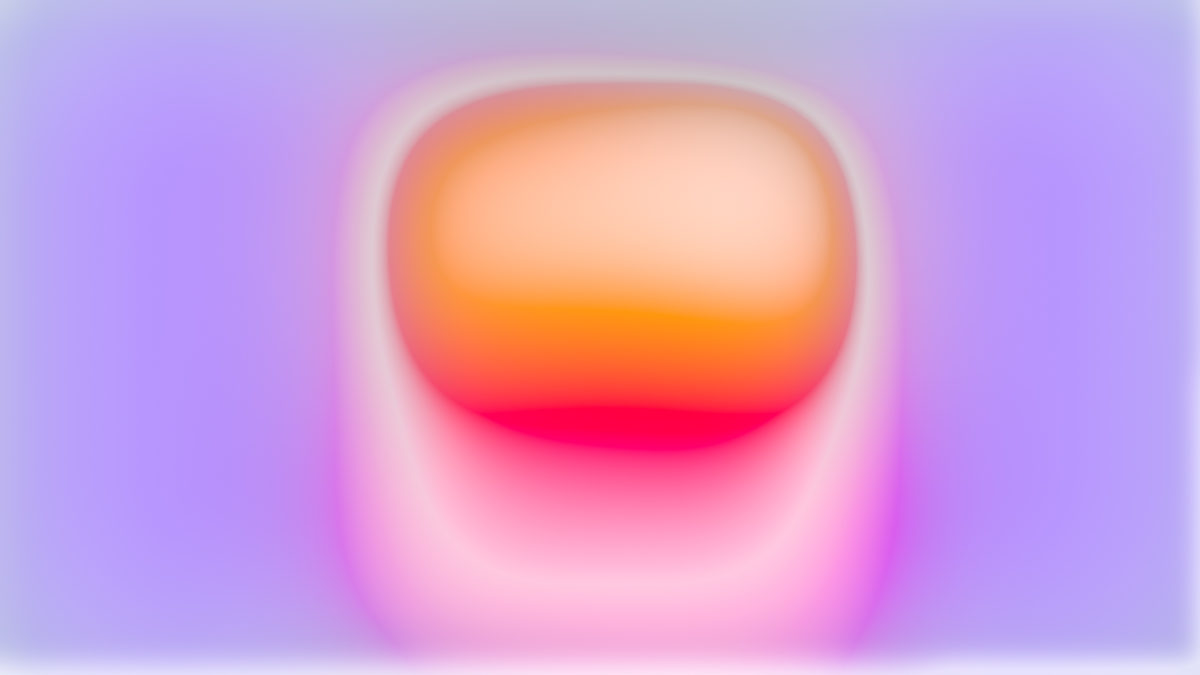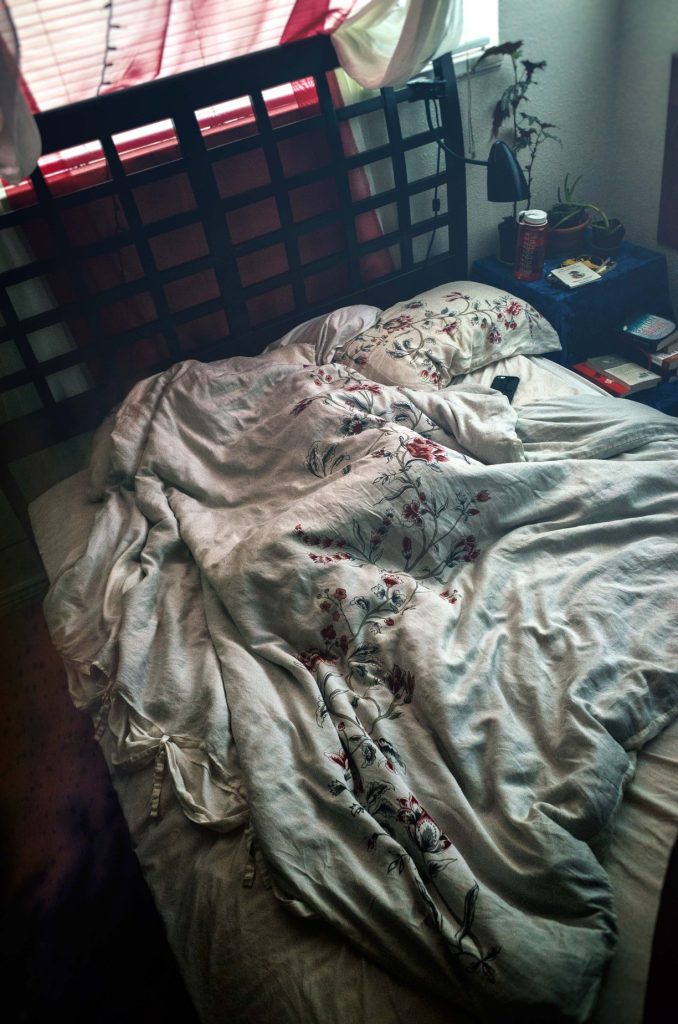Update/note: a recent review of the work may be found here. check. it. out.
Small File Media Festival (SFMF) | why wonder
(Vancouver, 2021, 2:08, 4.6mb, 2:27 Processing time, 600 × 338)
The infrastructure of the internet is deserving of sustained consideration. Particularly in how small changes can have a big impact. Still + motion imagery is poorly compressed, increasingly is catered to mobile audiences, with videos – on YouTube and elsewhere – more often than not set to automatically play (and play until a tab is closed.) The trends are to use flash and sizzle to steal your attention with little regard for the impacts this has on the vast materiality at play. The internet is not an abstraction: physical space, energy consumption, human resources, and political capital all must be factored in as all contribute to the ongoing environmental crises the world is facing. It is not inaccurate, nor a stretch, to write that what you watch, how you watch, and how often you watch content online directly impacts global green-house emissions.
We can do better…again, small tweaks can lead to big changes. Weighing in at 4.7mb, this small file, “why wonder” is an act of critical contemplation which uses creative coding to subvert the apparatus of both the Internet and YouTube creating a visual spectacle, dressed in green. The video chosen is a popular song written by Joe Raposo, originally performed by Jim Henson as Kermit the Frog on both Sesame Street and The Muppet Show. In the Muppets version presented here, Kermit begins the song by lamenting his verdant coloration, expressing that green “blends in with so many ordinary things” and wishing to be some other color. Yet, by the end of the song, Kermit recalls positive associations with the color green, and concludes by accepting and embracing his greenness. The general ethos of “greenness” and environmental consciousness are fully alive within a smaller media file format, echoing the urgent call to consider our own viewing habits, yet the video is not just meant to solely highlight the appropriation of the terms green and question the slow, yet steady, deterioration of its meaning, but also to call into question the scaffolding of our viewing platform de rigueur and how smarter design could fix user accessibility and page load speeds – two key culprits to power consumption. The current model of viewership is not just bad for energy use but also for user friendliness — not everyone has the fastest computer or internet connection. We can do better.
Why not wonder?




